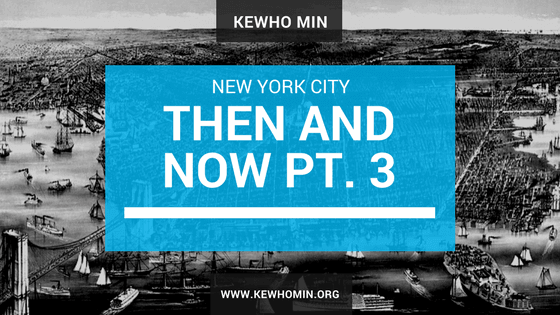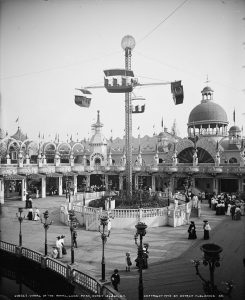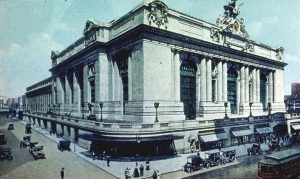As a lover of all things New York, I’ve returned with another entry in my ongoing series of New York’s ever-changing landscape. This month, I’ll be covering Coney Island and Grand Central Terminal.
Coney Island
One of New York’s most popular locations, Coney Island has a soft spot in almost any New Yorkers heart. It has been featured in countless films and television shows and is a landmark for Brooklyn, New York, but what was it like years ago?
Originally discovered by the Native Americans, the island was called Narrioch (loosely translated to “land without shadows”). Once the Dutch settlers had moved in in the early 1600s, the Native Americans left, and the area was changed forevermore.
In the mid 1800s, Coney Island started to become the island that we know and love today. Multiple theaters and hotels sprang up seemingly overnight, making Coney Island an incredibly popular location for tourists and New Yorkers alike. However, it wasn’t until the late 1800s that Coney Island became the amusement capital of the country. It housed three of the most popular amusement parks in the world: Luna Park, Steeplechase Park and Dreamland.
Once Brooklyn was connected to Manhattan via the Brooklyn Bridge, the island became even more popular with New Yorkers looking to relax and unwind during the unbearably hot summer months.
Today, the island is still popular and packed with visitors although it has seen better days. After World War II, Coney Island suffered from a lack of interest and its various amusement parks closed. After years of neglect, it has seen something of a revitalization. Thousands still flock to the beaches during the hot summer months and there are still multiple roller coasters and attractions still open to the public, such as the classic The Cyclone located in the new Luna Park. Coney Island is also host to multiple events and popular landmarks, such as the Nathan’s Famous hot dog restaurant.
Grand Central Terminal
Few locations have seen as many changes and citizens pass through its doors than Grand Central Terminal. One of New York City’s busiest subway terminals, Grand Central Terminal has a fascinating history.
Originally opened in 1913, Grand Central Terminal had over 150,000 commuters in its first day of operation and continues to see over 750,000 people daily. And although it sees hundreds of millions of commuters every year, Grand Central Terminal was not the first station built on the site. In 1871, Grand Central Depot was built and was used by New Yorkers entering Manhattan, however, the train tracks quickly outgrew the station and so Grand Central Station was built over it in an effort to accommodate the larger tracks. Finally, in 1903, Grand Central Terminal was built into the large station that we know and love today.
The terminal is known for its absolutely expansive design, iconic clock located in the main concourse and the large number of trains that transport thousands of passengers daily. The terminal has also been the subject of multiple renovations, including the renovation and cleaning of the main concourse’s ceiling, which turned black due to decades of cigarette smoke from travelers.



